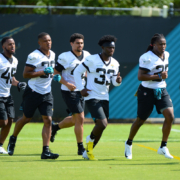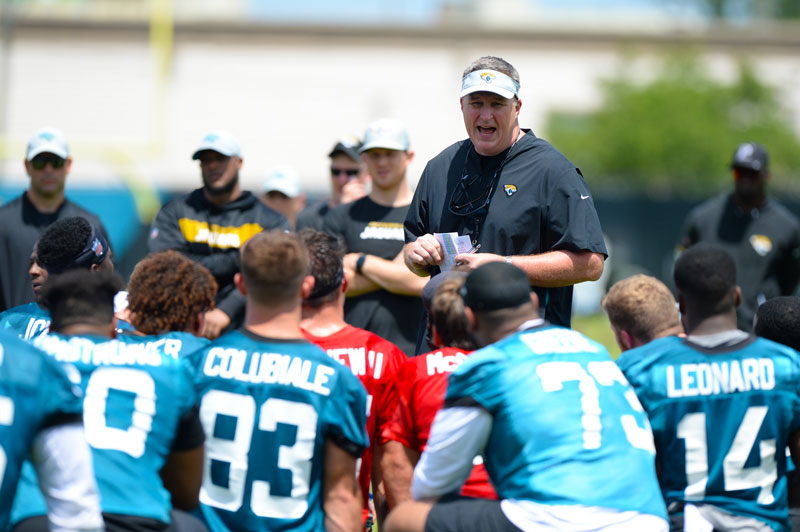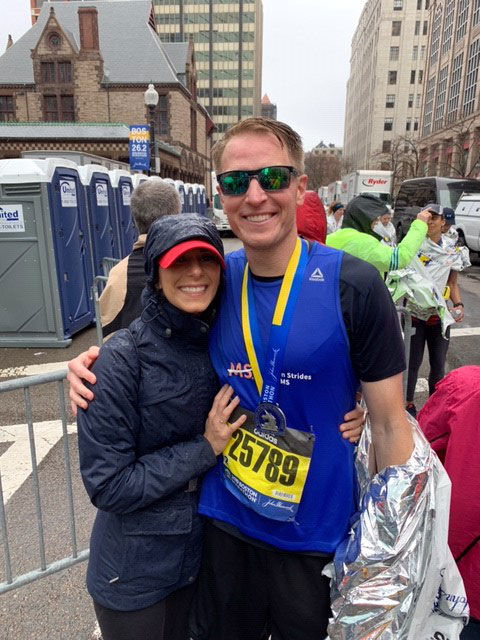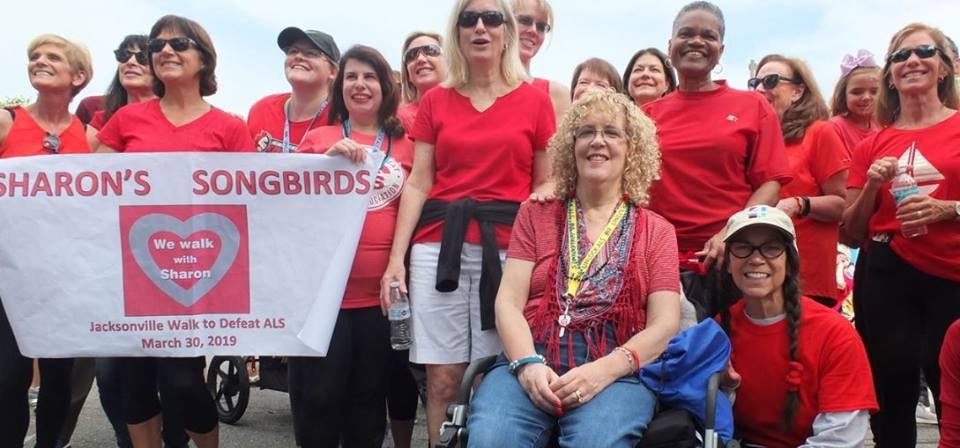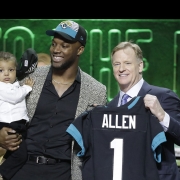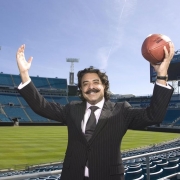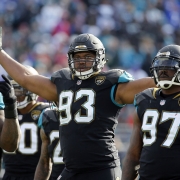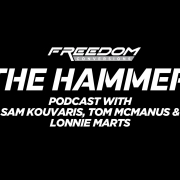It’s Khan’s Call, So How
I don’t know if Shad Khan will make a change in the Jaguars management this week. I suspect he will, having given us a hint in his statement after firing Tom Coughlin as Executive Vice President. “I determined earlier this fall that making this move at the conclusion of the 2019 season would be in everyone’s best interests . . .” he said announcing he had relieved Coughlin of his duties earlier than expected. So he’s had change on his mind for a while.
I’ve never liked the change process in sports. But maybe that’s just me. There’s a lot written about how coaches and executives didn’t get the job done and much less written about the family upheaval and all of the other things that change entails.
But it happens every year. In fact, the Monday after the regular season has its own name in the NFL: Black Monday.
We’ve all seen in our own careers when managers are in over their heads, are in the wrong job or have just worn out their welcome. Neither Head Coach Doug Marrone nor General Manager Dave Caldwell fit those descriptions but the decision-making process in the NFL is based on one thing: wins and losses.
And everybody who gets into that profession knows that.
“I truly take responsibility and apologize,” Marrone said in a heart-felt opening statement during a press conference this week. “You want your team to be doing well so people can have some pride and some joy, and we haven’t done that and that’s my job. What I haven’t done a good job [with] is our performance on Sundays.”
What if Khan looks around, maybe can’t get exactly who he wants, and decides that Marrone, without Tom Coughlin looking over his shoulder, is as good a choice as any? And decides that Caldwell’s personnel acumen was better without Coughlin’s input and keeps him as well?
Fans would be in an uproar. But does that matter?
At this point with television revenue paying for virtually all of an NFL team’s expenses, ticket revenue is a small part of a team’s overall income. But it all goes straight to the black on the bottom line.
What factors does Shad Khan use to make a management change? If you look at his businesses, Khan expects results and isn’t afraid to make changes. Of the estimated 40 or so businesses he owns, the Jaguars and his soccer club, Fulham in London, generate the most media attention but aren’t in the top half of his portfolio when it comes to revenue.
His main business, Flex-n-Gate, reports more than 24,000 employees worldwide. According to Forbes, it’s the 49th largest company in America, generating $8.3 billion in revenue this year. So changing management there would be a grinding process based on revenue, culture and profits. Khan would be involved at the top level. Apparently they did have a management change, perhaps at one of his manufacturing plants in Detroit sometime this year. But there’s not a whole lot of press coverage of a change at the top of an automotive parts maker.
At his soccer club, Khan has had nine managers in the last six years, including interim leaders or “caretakers” as they’re called. If things aren’t going right at Craven Cottage, he makes a change. Fulham has three “directors,” including Jaguars President Mark Lamping and Shad’s son Tony is also involved. They’re quick to flip the switch there and while it’s different than the NFL, if you’re not winning on the West End, there’s a quick hook.
Being more patient with his NFL team hasn’t paid off for Shad. He made one quick change after his first season as an owner, moving on from General Manager Gene Smith and Head Coach Mike Mularkey after a dismal 2-14 campaign in 2012. Gene hired Mike after being held over from the Wayne Weaver era. Mularkey didn’t have much of a chance with a sub-standard roster and Blaine Gabbert at quarterback but moreover Shad didn’t like how the team was being run in general.
When he asked about the Jaguars draft in 2012 he said it was like “going into an iron vault” to find out who they were looking at, even though he was the owner. It turned out to be Justin Blackmon who was productive for a couple years before he went off the deep end. But Shad didn’t like the secrecy or the process inside the building. He likes upward transparency. He wants to know what’s going on.
One thing we know about Khan’s decision-making process is that he hires the best. He’s not worried about where you’re based. He’s hired the best lawyers, the best planners, the best construction companies on their production and results. He does his homework.
So when picking a leadership team for the Jaguars, where does Shad go for advice?
He’s popular among the other NFL owners and with the league as well. He leans on their ideas, whether it’s the Cowboy’s Jerry Jones or Commissioner Roger Goodell. Khan is a good listener. Unlike most management decisions he’ll make across the spectrum of his investments, hiring the Head Coach of an NFL team comes under intense scrutiny. And he’ll be the one to make the call.
I once asked George Steinbrenner about hiring and re-hiring Billy Martin so many times. He said that there aren’t a lot of candidates for that job with a winning record. When Khan starts asking around he’ll no doubt talk with Sandy Montag and Jimmy Sexton, the two agents who represent most of the coaches out there, and get some ideas. Bringing in a “young gun” who’s a coordinator is a bit of a crap-shoot. There are hits and misses. Same with hiring a successful college coach. Guys available with a winning record in the NFL is a short list. Mike McCarthy and Ron Rivera are the two most prominent unemployed winners with NFL experience.
Khan has gone both ways with the Jaguars: Mularkey and Doug Marrone had NFL head-coaching experience. Gus Bradley did not.
What’s he looking for anyway? Gus Bradley could be termed a “players-coach,” trying to empower the players to hold each other accountable. And that didn’t work. Coughlin brought a whole different idea of accountability and aside from an injury-free 2017, that didn’t work either.
Is there a happy medium?
Each year at the “State of the Franchise” we hear Lamping go over the revenue statistics and how the Jaguars are near the bottom of the league each season. They’ve done a lot of things to try to enhance their revenue streams, including sponsors for the London game, but there’s one sure-fire way to bring in more money: win more games.
They’ve had four winning seasons since 2000 and one, in 2017, in the last ten years. Only once in the last nine years have they not suffered double-digit losses. They’ve won their division three times in their 25-year history. We can all agree with Lamping when he says “the fans have outpaced the team” when it comes to buying tickets and going to games based on performance.
This year they lost five straight games by at least 17-points, an NFL record. Compare that to the Chargers who are also 5-10 but nine of their losses have been by one score. Which team would you buy a ticket to watch?
Being a Jaguars fan isn’t easy. So hard in fact it was a running joke on a popular TV sitcom. And it’s not even the team’s record. “They’re not fun to watch,” one fan wrote me this week. “They’re not even entertaining, outside of the occasional (Gardner) ‘Minshew Magic,’” another said.
What Shad will do is anybody’s guess. Having been around him during games I can tell you he’s a real football fan. Combine that with his business success and you can only be certain that he’ll do his homework, spend the time and money, and try to make it right. Outside of that, what happens in the future is anybody’s guess.

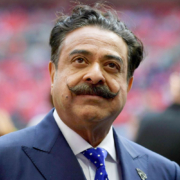
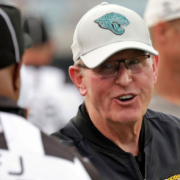
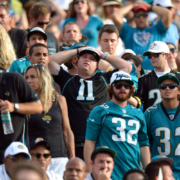
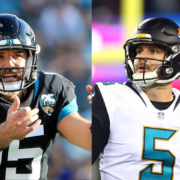
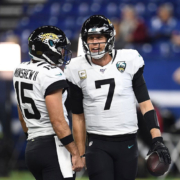
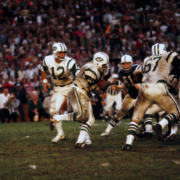
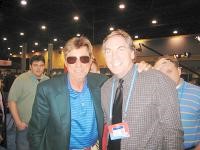 Who’d have thought the guy considered the icon of the “Me First” decades of the ‘60’s and ‘70’s is actually most interested in helping others.
Who’d have thought the guy considered the icon of the “Me First” decades of the ‘60’s and ‘70’s is actually most interested in helping others.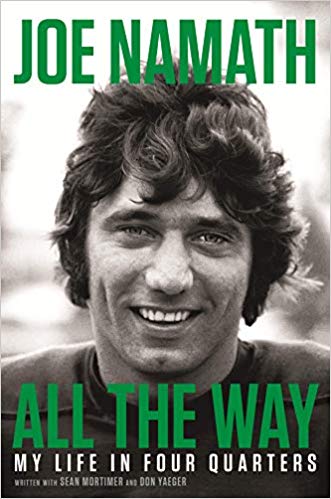 It was one of the few parts of the conversation that focused on sports. Namath was one of the most famous athletes on the planet when he helped engineer the New York Jets to the 1969 World Championship in Super Bowl III. He was a cultural icon. Recently he was voted the most interesting character in the NFL’s first 100 years.
It was one of the few parts of the conversation that focused on sports. Namath was one of the most famous athletes on the planet when he helped engineer the New York Jets to the 1969 World Championship in Super Bowl III. He was a cultural icon. Recently he was voted the most interesting character in the NFL’s first 100 years.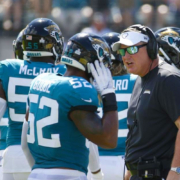
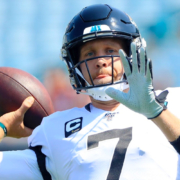

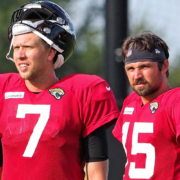
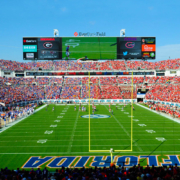
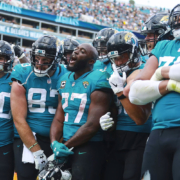
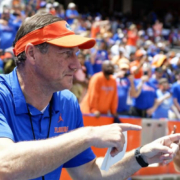
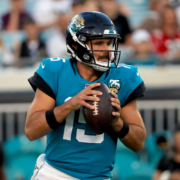
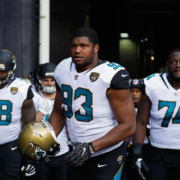
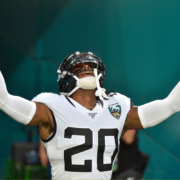
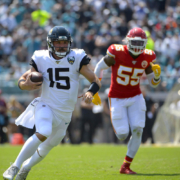
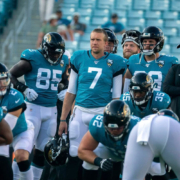
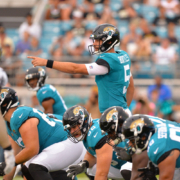
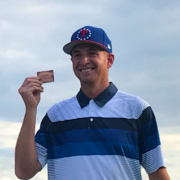
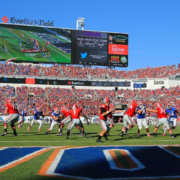
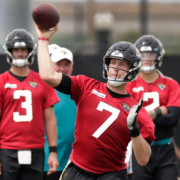
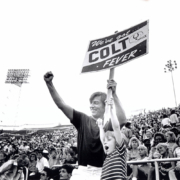
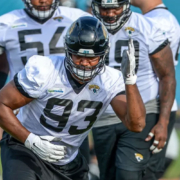
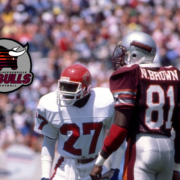
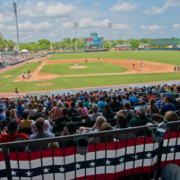
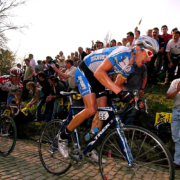
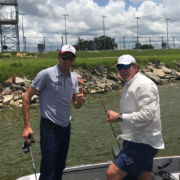
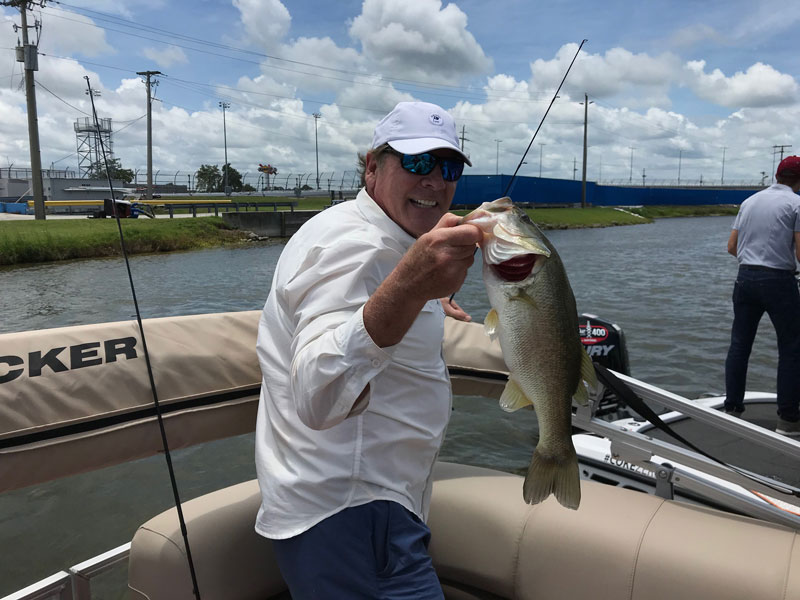
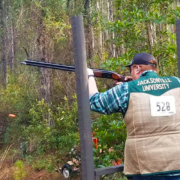
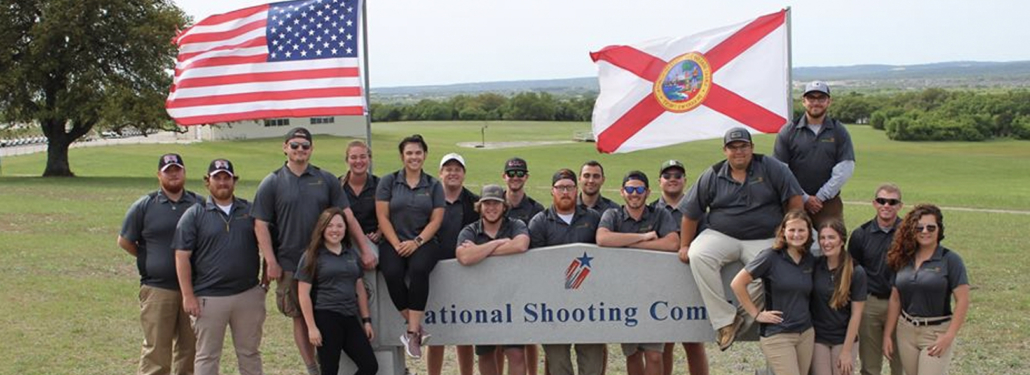
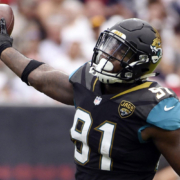

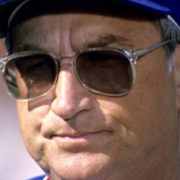
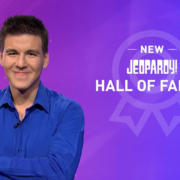
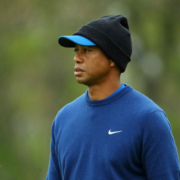
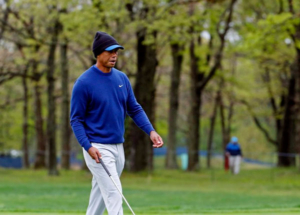 Even after missing the cut at this week’s PGA Championship at Bethpage, Tiger stopped off to talk with the media about his play over the first few days. “I just didn’t play well,” he explained with a smile. Even talking to the media after missing a cut was a rarity in the past. And he admitted players like Brooks Koepka, and Koepka in particular have an advantage over him these days.
Even after missing the cut at this week’s PGA Championship at Bethpage, Tiger stopped off to talk with the media about his play over the first few days. “I just didn’t play well,” he explained with a smile. Even talking to the media after missing a cut was a rarity in the past. And he admitted players like Brooks Koepka, and Koepka in particular have an advantage over him these days.